phantom stairs
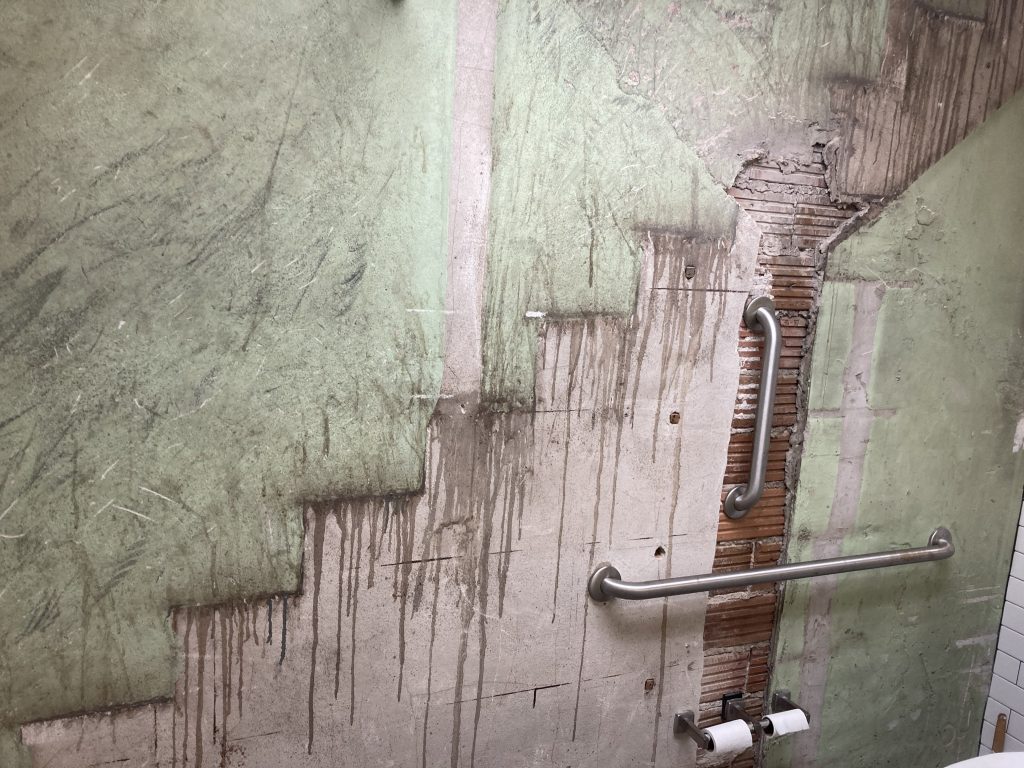
The traveler explores the American Wayside, verifying the contents of a mysterious guide written by a man with whom he shares a likeness and name. Excerpts from ‘Autumn by the Wayside: A Guide to America’s Shitholes’ are italicized. Traveler commentary is written in plain text.

The library in Pelor, Idaho is all sharp concrete and there’s nothing particularly interesting about it but for an ongoing exhibition in the basement. ‘The Detritus Collection’ features several dozen items scavenged from the side of the road. Each is paired with a story written by the person who found and donated it. The donors are anonymous and they may well all be the same sad person. A handful of dark glass, for instance, is accompanied by this passage:
There is a checkerboard pattern to your windshield that I only see when I’m wearing sunglasses. I noticed it again yesterday when you drove me home, while you were explaining why this wouldn’t work out. I knew we wouldn’t work out and I knew why. I didn’t know about the checkerboard thing. I’m writing to explain.
The internet says the checkerboard is an interaction between two qualities of glass: the polarization of my sunnies, and the tempered nature of your windshield. When a piece of glass is polarized it will only allow vertically-moving light rays to pass through it, reducing glare. A person in polarized glasses might be forgiven for their failure to recognize the light emitted by something that was directly in front of them.
A tempered windshield is created by applying stress to a sheet of glass. Light that filters through the resultant microfractures, that is further filtered via polarization, reveals the predictable checkerboard pattern of stress. Tempered glass is made stronger for the stress but if it breaks it will break wholly, dissolving into a thousand pieces. Regular glass is weak and, in trying to hold its form, it breaks in dangerous, unpredictable ways.
If somebody had asked me to test the strength of glass before this, I may have tried breaking it myself.
A tattered bandana has inspired this:
A cowboy wears a bandana in one of two ways: pulled up over his face or dangling about his neck.
A cowboy, his bandana pulled up over his face, might be hiding his identity. If you recognize him, he isn’t doing a very good job. It may also be an indication that there is dust in the air- that he’s filtering the air to keep from choking. A third, joint possibility is that the cowboy, sensing bad air between the two of you, has chosen to conceal his identity.
A cowboy, his bandana dangling about the neck, might indicate a reluctant willingness engage. The orientation of the bandana’s downward point reflects the cowboy’s level of reluctance. A downward point aimed at the cowboy’s hindquarters suggests he is reasonably willing to engage. The bandana, in this position, protects his neck from the sun and from the prickling stares of strangers. The downward point aimed at his belt buckle serves no purpose but to ready it for raising. This cowboy is experiencing the height of reluctance. He is quickdraw-ready to run.
But he hasn’t run yet.
Hector accompanies me through ‘The Detritus Collection’ and, though I doubt the library wants any live specimens, I start to wonder what I would say about the ruined rabbit if we were to put him up on a pedestal- what the ruined rabbit would say about me. He’s at home among these relics, worn by the Wayside to the point of being unrecognizable. A look in the mirror suggests the same could be said of me.
The Wayside wears things ragged like the ocean wears them smooth. I see it in the way Hector nips when I accidentally startle him. I see it in myself. If I had to write a story about Hector, it would probably sound a lot like the rest of ‘The Detritus Collection:’ regretful and worried about some indistinct loss of humanity.
So maybe I don’t write it down.
-traveler
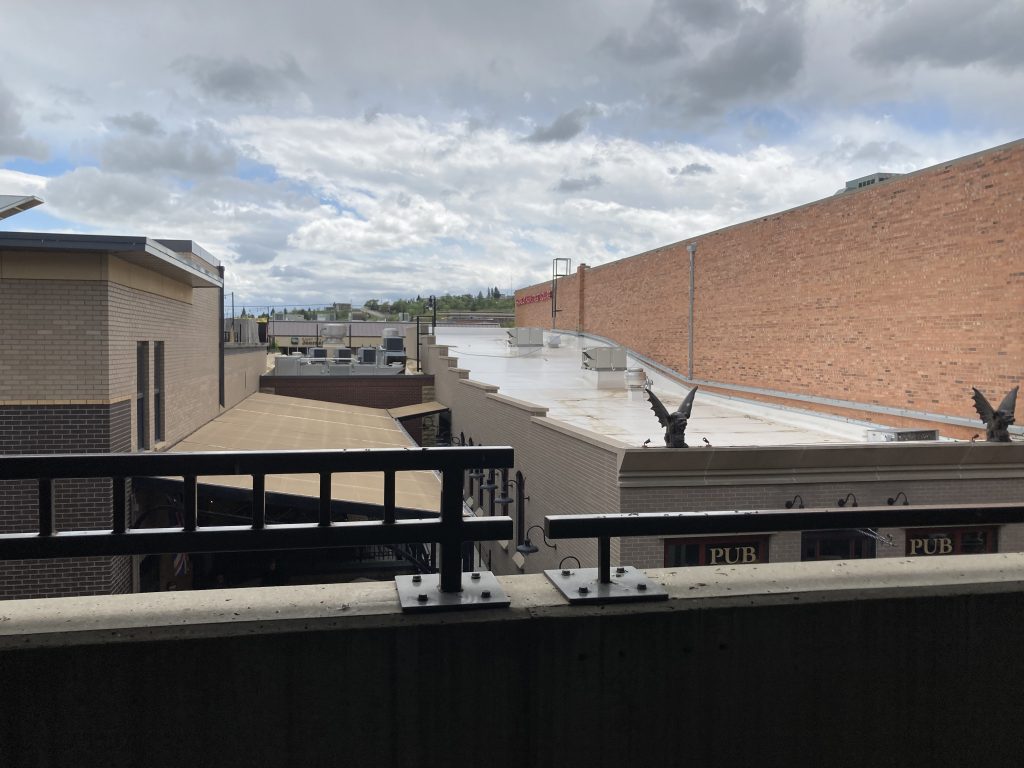
Excerpt from The Diary of Albert Smythe, dated June 1875:
Benjamin was not far from the truth when he spoke, over dinner, of the worms of Wormtown. It is a sight, Amelia. The ground shimmers and turns so that, awaking at dawn, I imagine myself returned to the swaying bunks of the Elizabeth, that this interlude in the west has been but a dream. It is a nightmare, in fact. It is damned place and damned people that call it home.
The place is damned for the worms and blessed for them. At a mile’s distance one sees the prairie rise and thinks of Benjamin’s pastoral hill. It is more a heap, in fact. The worms churn the land and the prairie wrinkles at Wormtown. The earth is airy and soft and I’ll confess my astonishment at how the wide world’s crops are born of the dirt here, neighbors to each other in this place and in this place alone.
The people are damned for their love of the worms. They make pets of them, claim to recognize one among the tangle. They breed them. They eat them. They worry over contraptions to frighten birds. The worm-song lulls them to sleep: skin on earth, ever-shifting. A frightful noise.
There are no floors in Wormtown, Amelia. The toes of its people are as roots, binding them to the place with unholy fervor. I mean to make a prompt return and thank God for thick boots in the meanwhile.
Excerpt from Autumn from the Wayside (2021 Edition): Worm City, Utah:
With the completion of the Worm City Overpass, the industrial base of Worm City is now off-limits to vehicles without a permit. Elliot-Smythe and Regus Foods have subsequently placed their once-popular factory tours on an indefinite hiatus. Those hoping to learn more about the founding of Worm City and the agricultural possibilities offered by its unique biome would do well to visit The Museum of the Worm, located in the heart of downtown and funded through a partnership of Regus Foods and the state of Utah.
Squeamish visitors to the towering metropolis will be glad to learn that the area’s worms are largely confined within the city’s unique system of soil pipes and nutrient basins, emerging only in public gardens and parks and audible only to those who venture to press their ears to the infrastructure.
Travelers drawn by the worms will find numerous opportunities to satisfy their curiosity and, perhaps, indulge in local customs. Relax in a worm bath at Wiggle Room and treat yourself to dinner at Spice, which offers a menu of western cuisine supplemented by Annelida-based protein. Worm City hosts a weekend craft market in the summer months. Offerings include everything from desktop worm farms and wax-worm candles to resin jewelry and worm-inspired art.
A word of caution: the early development of Worm City pushed many local species to the brink of extinction. The trade of live worm specimens is highly regulated and outward vehicles are subject to inspection. Hefty fines and possible jail-time await those who engage in the illegal trade of endangered worms.
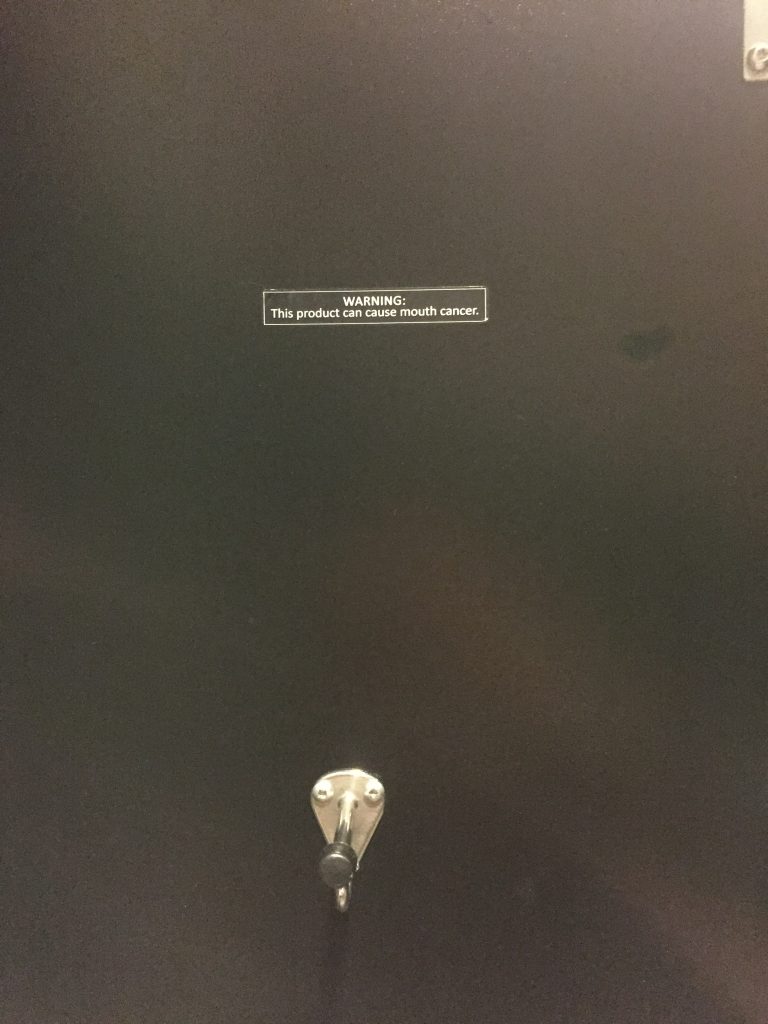
‘If the burning of the ‘Museum for the Everyday Flammable’ were any more regular, one might call it a seasonal business. Instead, ‘The MEF’ burns once a year, at least, but at unpredictable times and for reasons that are, at best, semi-predictable. Semi-predictable, in this case, recognizes the overall probability of a building devoted to flammable items and substances catching fire (high) but the improbable ways in which the museums exhibits have historically conspired to undermine ‘The MEF’s’ safety protocols.
In 2012, ‘The MEF’s’ collection of heated blankets grew too large and shorted a wire, bypassing (and eventually destroying) an expensive chemical suppression system installed above the exhibit itself. In 2007, a delinquent middle schooler snuck away for a smoke and tripped over the longest functioning extension-cord daisy-chain, dropping his cigarette near the ‘room of newspaper towers’ and guiltily claiming that subsequent alarms were ‘all part of the show.’ In 2018, ‘The MEF’s’ fire extinguisher maintenance service appeared at the same time as a recently acquired collection of faulty fire extinguishers, laying the foundation for the disastrous ‘trick-candle mishap of 2019,’ during which the fire department returned six times over the course of four hours before declaring the building ‘haunted.’ In 2016, ‘The MEF’s’ lax employment practices led them to hire the notorious arsonist Sheila Mozark as an unsupervised night custodian. Mozark was struck and killed by lightning just three weeks later and ‘The MEF’ burned to the ground once again when her hastily-trained replacement used an aerosol cleaning solution in ‘the grand hall of pilot lights.’
As of this writing, ‘The MEF’ is due to re-open in February of 2021, celebrating with a pre-recorded fireworks show and cold sandwiches.’
-an excerpt, Autumn by the Wayside
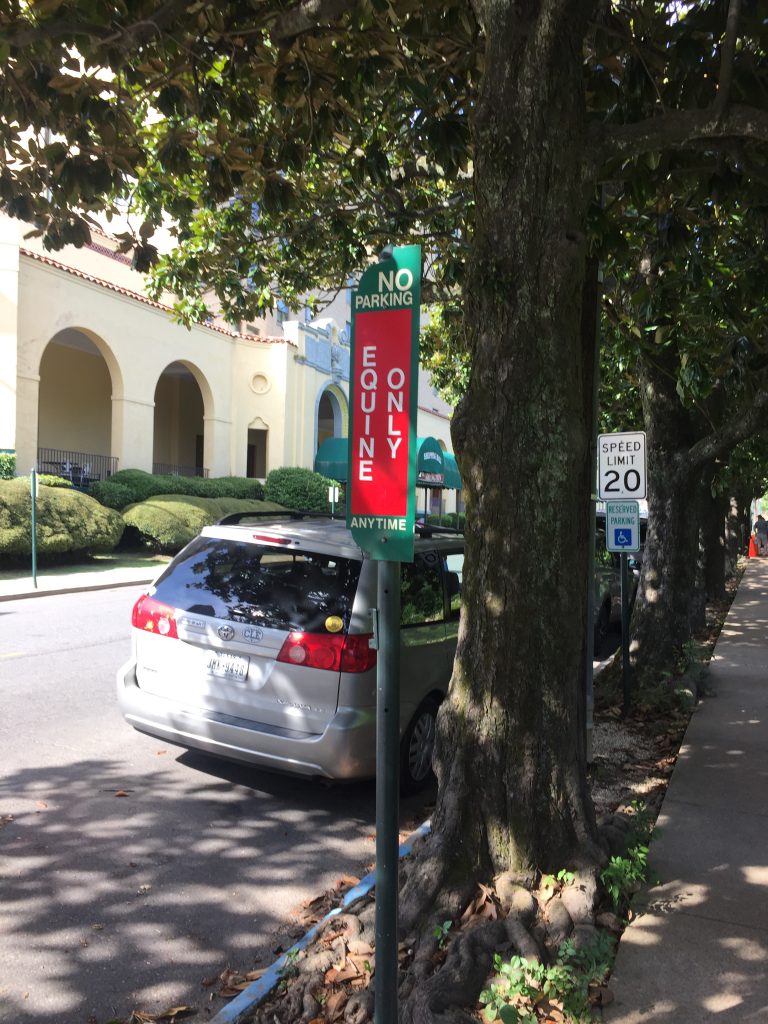
‘Readers of a certain generation will recall, with mixed feelings, the fad of keychained virtual pets that thrived in that short slice of time between the emergence of the internet and the omnipresence of it. It’s difficult to be nostalgic about a product that so well foreshadowed the trespass of work into one’s home, first via the pager and then, in a flood, via email and the cellphone. It’s difficult, too, to be nostalgic about a creature programmed to run headfirst toward death at every opportunity- gorging itself on vitamins and candy and shitting and falling asleep in its shit and dying because, say, its owner forgot to turn out the tiny digital light.
And yet, nostalgia is a force in and of itself- the gravity equivalent of time- and there is a part of us that’s drawn backward by the serious but not-so-serious stakes offered in little pixel pets. To quash that nostalgia, one might visit ‘The Electric Pound,’ where all exhibits operate on back-up batteries and have the audio toggled ‘on.’’
‘The Electric Pound’ sounds like a screaming dial-up connection- like a server on fire. It has all the atmosphere of the internet as imagined by the eighties and as experienced by an unwitting hacker, thrust into a motherboard by some occult malfunction. Hector is spooked by the place so I leave him in the kennel with the man who sells me the ticket and who is so relieved to experience a living animal that he doesn’t ask about the rabbit’s condition.
I spend an hour, or so, legitimately impressed by the sheer variety of virtual pets on display and by the small, button-pressing levers that have been installed to keep them alive with minimal human effort. My child-mind had not been ready for the responsibility of a virtual pet. In handling death, the off-brand chimpanzee device I’d received for Christmas one year had displayed none of the subtly of the legitimate brands. The chimp had died early and the screen displayed the looping scene of a blurry little ape carcass, framed in digital flies and scored by a melancholy beeping that still plays in my head every time I pass roadkill. I buried the thing in the cemetery near my house, between two kids I didn’t think would mind. I laid there crying and picking black dirt from my nails.
I’ve read that the bootleg chimpanzee goes for upwards of $500 on the collector’s market but, even if I thought it might still function, I’ve never had the heart to dig it up for money. Maybe, if I ever return home, I’ll go out and find the thing and send it here, where it can live long stretches and blissfully reincarnate, subjected to virtual rot only in the second that it takes for ‘The Electric Pound’ to needle in a reset.
In looking for a toilet, I stumble on a backroom where men stand in a ring and make bets on secondhand Graysnail fights. I lose $20 and leave.
-traveler
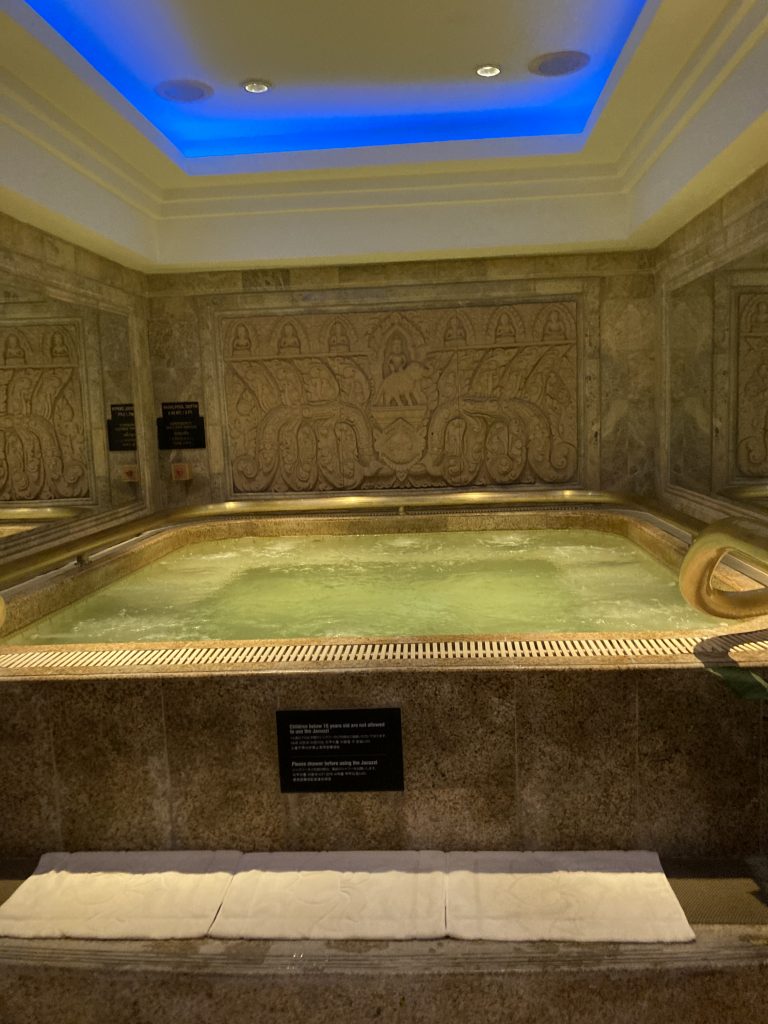
‘One can imagine the rising panic among residents when a dozen people reportedly dissolved into frogs over the course of two months in 2015, none of whom had previously reported frog-like symptoms but all of whom lived in Malton, Louisiana. A little harder to imagine, perhaps, is the hesitant relief of Malton doctors upon discovering that it had not been 12 people after all but, seemingly, the same person, over and over. The doctors quickly washed their hands of the situation, leaving it to local conspiracy theorists to name the being. The result is ‘The Malton Frogman.’
Malton residents are quick to explain that the common title may well be a misnomer. Many are of the opinion that ‘The Malton Frogman’ is really more a collection of mischievous frogs than a single living entity. Eyewitness accounts tend to support this theory. ‘The Malton Frogman’ only reveals its skin as it prepares to dissolve and is otherwise clothed from ‘head’ to ‘toe,’ often in a trench coat but occasionally in a more complex dress, stockings, cardigan, and bonnet affair. Twice, now, ‘The Malton Frogman’ has appeared in the uniform of a local pizza delivery company, arriving and dissolving on the stoop of baffled customers moments before a ‘Malton-mia’ pizza pie was to be delivered. Though its motivations remain a mystery, most eyewitnesses agree that ‘The Malton Frogman’ has impeccable comedic timing and little to no regard for human life.’
Hector and I are pursued by a hitchhiker for days past Malton. I never indicate any intention of stopping- there’s just no room on the bike. This doesn’t seem to deter ‘The Malton Frogman,’ who steps out at the last minute each time so that I have to swerve through a disassembling cloud of frogs. He’s shorter with each iteration, his volume of frogs decreased by those lost on impact, until he’s nothing but twitching baseball cap on the shoulder.
-traveler
© 2024 · Dylan Bach // Sun Logo - Jessica Hayworth